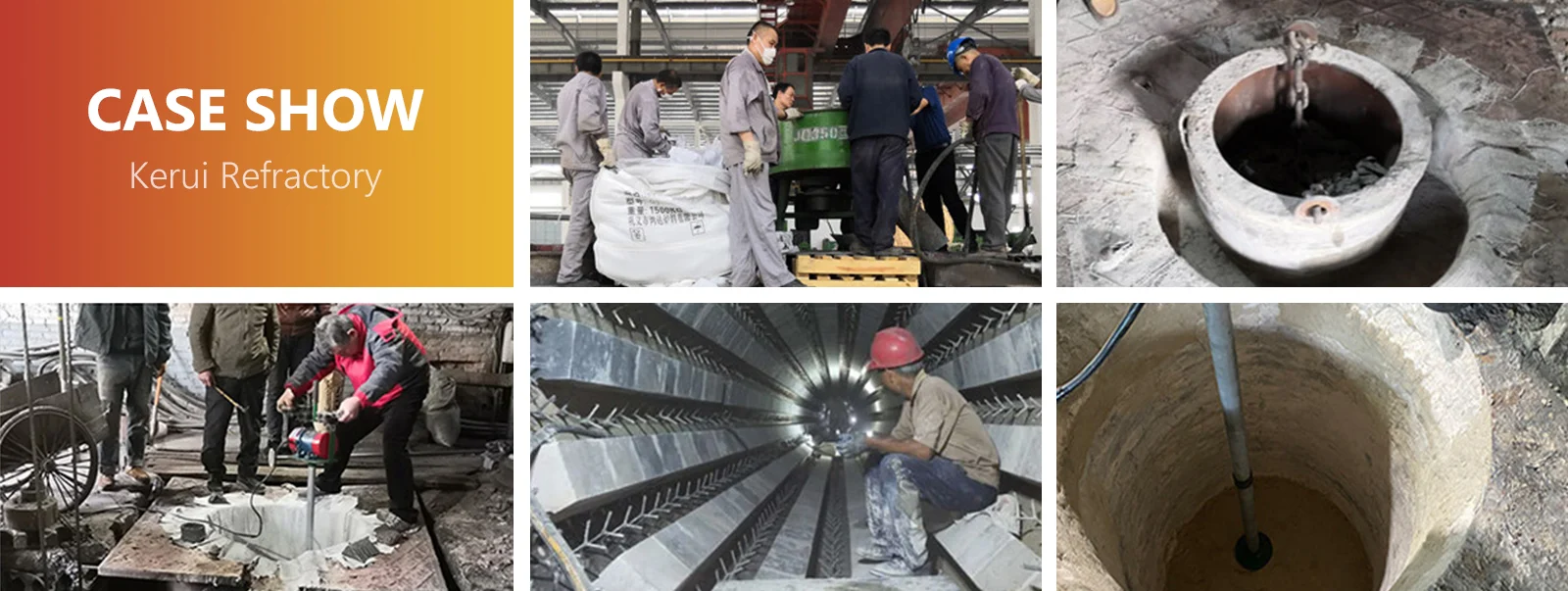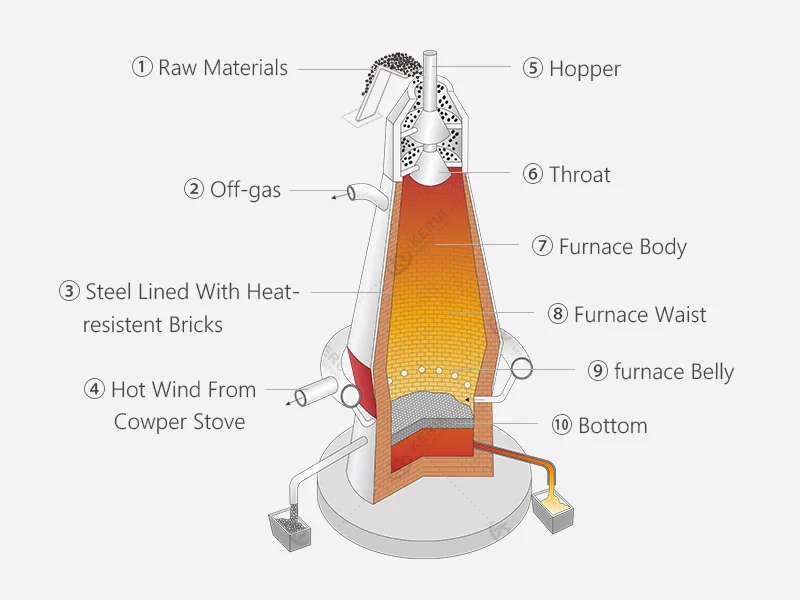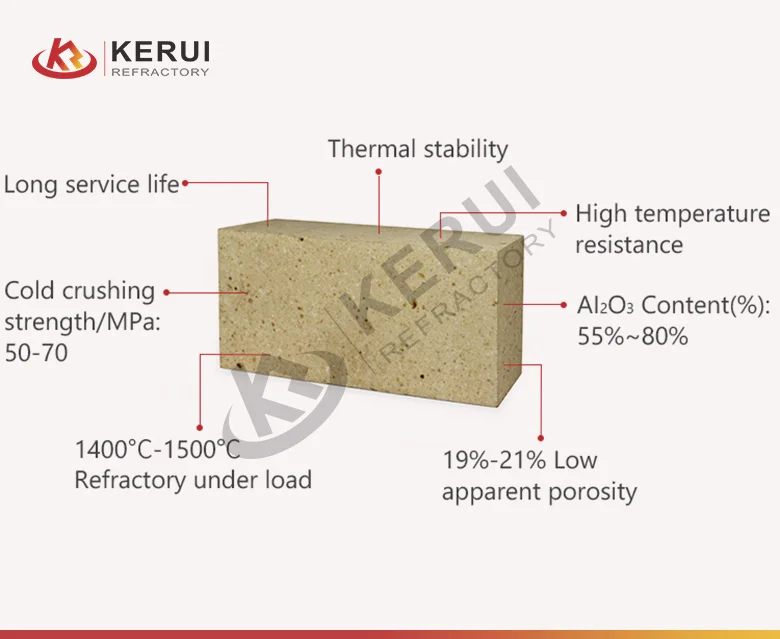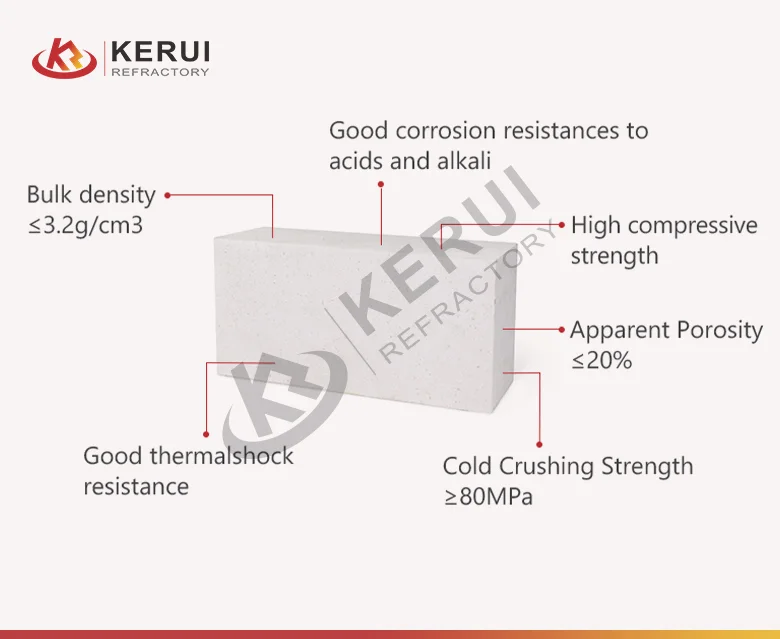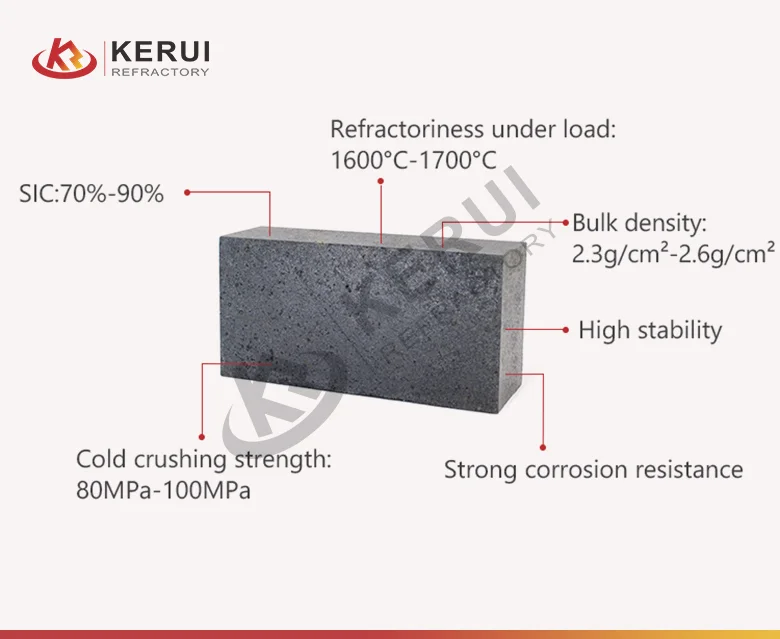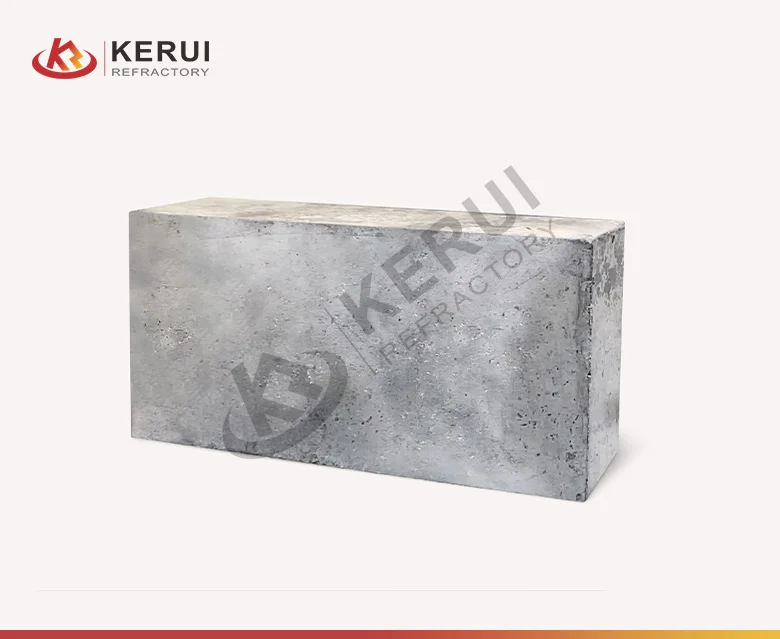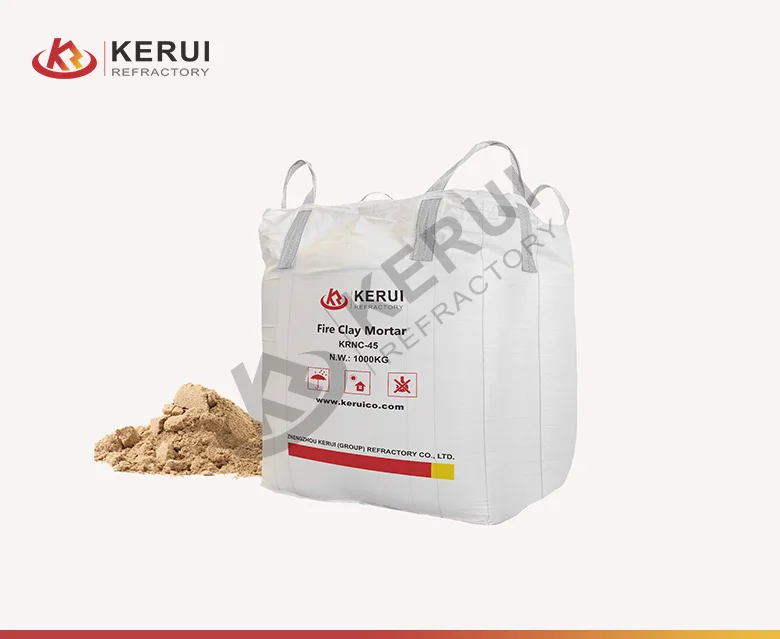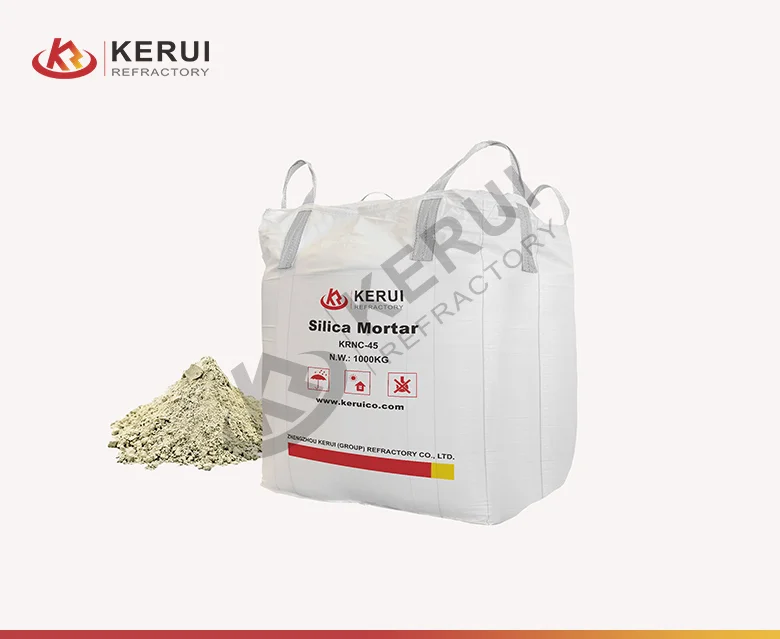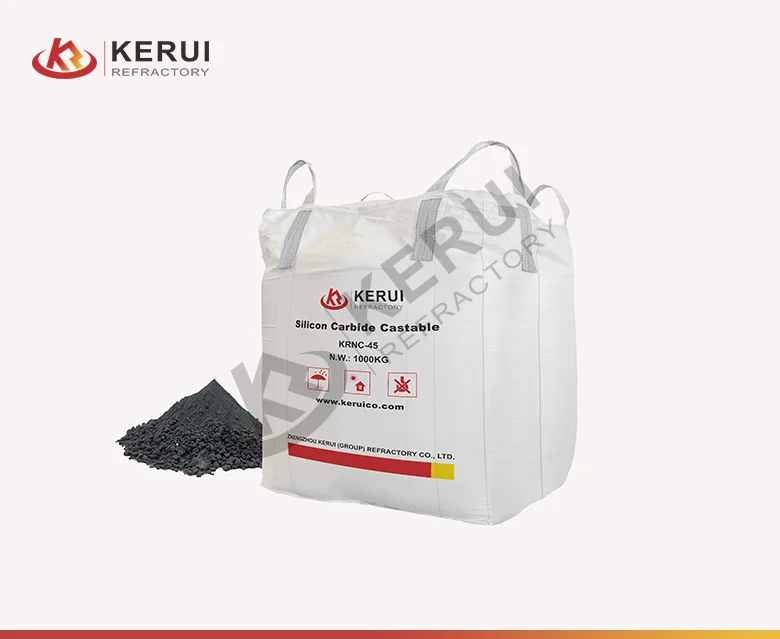Blast furnace is the vertical furnace that uses hot air to burn coke and reduce and smelt iron ore. It is also a thermal equipment that continuously smelts iron under high temperature and reducing atmosphere. The life of the blast furnace can be continuously extended by using high-quality refractory materials.
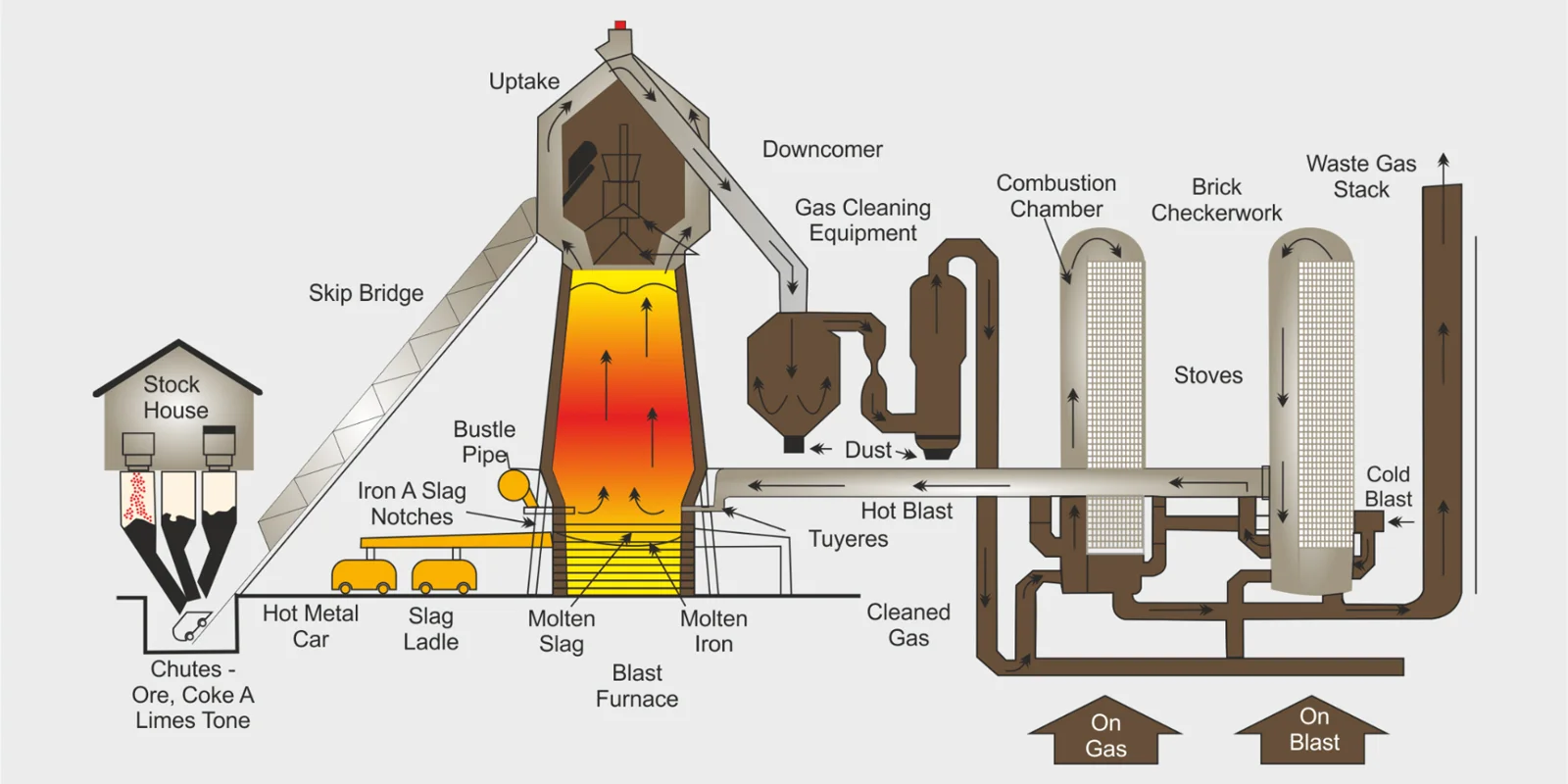
Shaped Refractory Materials for Blast Furnace
The following are the parts of the blast furnace corresponding to the use of refractory bricks:
Fire clay bricks: used for the throat, body and bottom of large blast furnaces and linings of small blast furnaces;
- High alumina bricks: used for blast furnace bodies;
- Corundum bricks and brown corundum bricks: used for furnace tuyere belts and bodies;
- Sillimanite bricks and andalusite bricks: used for furnace tuyere belts;
- Si3N4 bonded SIC bricks and silicon carbide refractory bricks: used for blast furnace bodies;
- Alumina carbon bricks: used for masonry of small and medium-sized blast furnace bodies and bottoms;
- Microporous carbon blocks: used for the upper part of the blast furnace bottom, hearth and tapping port;
- Semi-graphite carbon bricks: furnace bottom;
- Graphite bricks: used for the bottom layer of the blast furnace bottom.
Monolithic Refractory for Blast Furnace
Refractory Mortar
- Clay refractory mortar: you can use fire clay mortar for the joints and repairs of the furnace body built with fire clay bricks for blast furnaces;
- High alumina refractory mortar: you can use it on the furnace bottom, furnace hearth, furnace belly, furnace waist and other parts of the blast furnace;
- Silicon carbide mortar: used for the masonry mud of various SiC bricks such as corundum SiC bricks. We can also use it as grouting and spraying coating;
- Carbon mortar: used for thin-seam masonry of microporous carbon-silicon carbide roasted carbon blocks, microporous molded small carbon blocks, semi-graphite roasted carbon blocks and microporous carbon blocks;
- Press-in mortar: used for blast furnace bodies. Press-in repairs of blast furnace bodies generally use high alumina refractory press-in mud of aluminum silicon.
- Buffer mortar: used for the masonry of aluminum silicon and silicon carbide refractory masonry for blast furnaces that need to buffer thermal expansion stress.
Refractory Castables
- Fire clay castables: used for the internal cavity of the throat steel bricks of the blast furnace and the gap between the steel bricks and the furnace shell;
- Silicon carbide castables: we use silicon carbide castable for filling the leveling layer on the upper part of the cooling wall hook and other parts of the blast furnace;
- High alumina self-flowing castables: used behind the throat steel bricks, the water sprinkling pipes and short pipes on the top of the furnace.
Ramming Mass
- Corundum ramming mass: filling the ceramic cup ring seam;
- Carbon ramming mass: used for filling and ramming the gap between carbon bricks and cooling walls. You can also use it for filling and ramming the leveling layer above the center line of the water-cooling pipe at the bottom of a large blast furnace and above the bottom sealing plate.
